Bridgerton has me feeling regal—these are the 8 perfumes aristocracy actually wear
I've researched it extensively
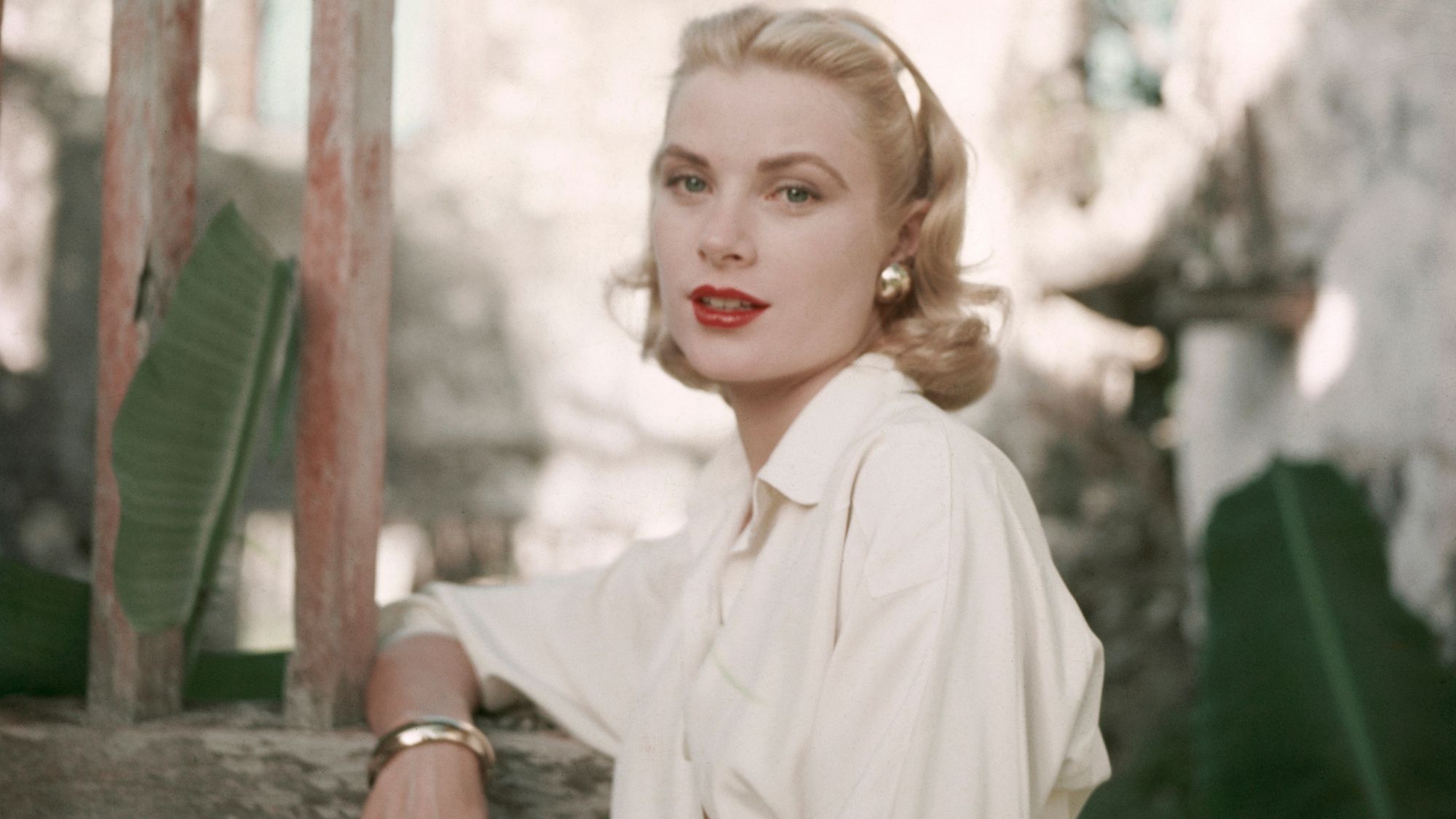

The concept of 'posh perfumes' has garnered a lot of attention in 2024. Everyone seems to be talking about rich-smelling scents and 'old money' fragrances. And whether you love or hate the concept (we appreciate the whole trend is rooted firmly in classism), I can't help but feel as though the word 'posh' has lost all of its meaning. Rather than designate a particular group of people, posh has become a byword for what’s best in life. Originating from the acronym "Port Out, Starboard Home", the term originally described wealthy travellers crossing the Indian Ocean who chose the more comfortable, sun-sheltered sides of the ship. So, if we're talking matter of factly, a 'posh perfume' is actually one that only the 0.1% could wear—like, for example, aristocracy.
And it's no coincidence I have recently become fascinated with the concept of posh and aristocratic perfumes, with the likes of Bridgerton and Saltburn firmly cementing themselves in pop culture. Dousing oneself in a posh perfume can make any wearer feel like Bridgerton’s Penelope Featherington during her Season 3 glow up, as she slips on her sequinned shimmering green dress and shimmies out the door—or the resplendent Queen Charlotte if that’s more your vibe. Throughout British history, members of high society have been using scent to show off their wealth and distinguish themselves from those who couldn’t afford basic sanitation aka 'the great unwashed' (the poorer you were, the more pungent). But what kind of perfume were the real-life society ladies and royalty of the Regency Era actually wearing?
Posh perfume house Floris has been mixing up scents for the great and the good since 1730, so I asked their perfumer Caterina Catalani to enlighten me. “In the ballrooms and halls of aristocratic society, debutantes made their grand entrance, adorned in fragrances as symbols of status and elegance,” she explains. “Perfumes of the 17th and 18th centuries were predominantly floral or musky, crafted from flower oils like rose and jasmine or animal-based musks,” she says. Floris has held a royal warrant since 1820 and famously created a perfume for Queen Victoria’s wedding, Bouquet de La Reine.
Another brand to bear the famous royal crest is Penhaligon’s, whose founder William Penhaligon was Court Barber and Royal Perfumer to Queen Victoria. Their first scent, Hammam Bouquet was a favourite of Oscar Wilde’s, while Princess Diana was reportedly a fan of their Bluebell Eau De Toilette. They recently collaborated with King Charles III himself – not too shabby – on Highgrove Bouquet to mark the coronation, with scent notes inspired by the flowers and plants at the King’s residence Highgrove Gardens.
Other fragrance houses with an impressive royal pedigree include Creed, who originally created leather goods for the French royal family (pre-guillotine), and in the 1970s turned their hand to perfume, leaning heavily on their history. Their 1956 scent Fleurissimo was commissioned by Prince Rainier of Monaco as a wedding day gift for his bride Grace Kelly, with notes of tuberose, violet, iris and Bulgarian rose. As dazzling as Kelly’s famous taffeta bridal gown, today it’s still a bestseller.
Many aristocrats had their own custom scents, often blended by their servants. Just like a haute couture dress, having a unique fragrance is seen as the epitome of luxury. On her 21st birthday in 2009, Princess Beatrice received a bespoke perfume named 'Beatrice' from a renowned Parisian perfumer.
However if you don’t have the budget for bespoke there is an alternative, provided by Linda Pilkington, founder of Ormonde Jayne whose Mayfair boutique is frequented by posh clientele from around the world (although she insists that anyone who walks through the door is treated like royalty). “In today’s world, wearing a perfume using ingredients that aren’t commonly used in fragrance still can have this exclusive effect,” she says. “For instance, our signature scent, Ormonde Woman, uses black hemlock absolute blended with cardamom, and as we are the only fragrance house to use this—most people who aren’t clients haven’t encountered this note.”
Celebrity news, beauty, fashion advice, and fascinating features, delivered straight to your inbox!
Some perfumers prefer to distance themselves from the word ‘posh’ altogether, like Swedish-Gambian nose Maya Njie. “For me, a perfume can be very contemporary in its structure and use expensive materials, yet it's not necessarily what I would associate with ‘posh’. Posh is a strange concept. I think of perfumery worn by past generations going back to the early 1900s and onwards. "
For Christopher Chong, director of Thameen London perfumery, the concept of posh perfume is a bit of a contradiction—given the old money tendency for less is more (encapsulated by the recent quiet luxury trend). “It's not seen as being 'proper' or the done thing to show wealth or to be self-obsessed,” he points out. “For those blue bloods who are a bit flamboyant and eccentric, they would traditionally wear barbershop-style scents such as cologne and fougères, but always understated—with a low concentration of no more than 10%. It's all about suggesting, not intoxicating.”
Different cultures come into play here too, as Maya explains: “In some places scent is worn as a status symbol whereas in others it can be attached to religion for example, where scent is part of everyday life and used in ceremonies. I think this is a different way of wearing and appreciating perfume. It's less about outward extravagance and more about connecting with and benefitting from the smells around you.”
Whether you’re a fan of the word or it makes you run for the hills, we can enjoy smelling 'posh' in the same way we might enjoy watching period dramas or visiting stately homes. It’s fun to add a dash of ‘poshness’ in our perfume choices even if we wouldn’t identify ourselves as such. It’s more about wearing fragrance as fantasy, the same way we imagine living out our days in the Saltburn mansion—without the grisly ending.
Aristocratic perfumes
1. Jo Malone London Wild Bluebell
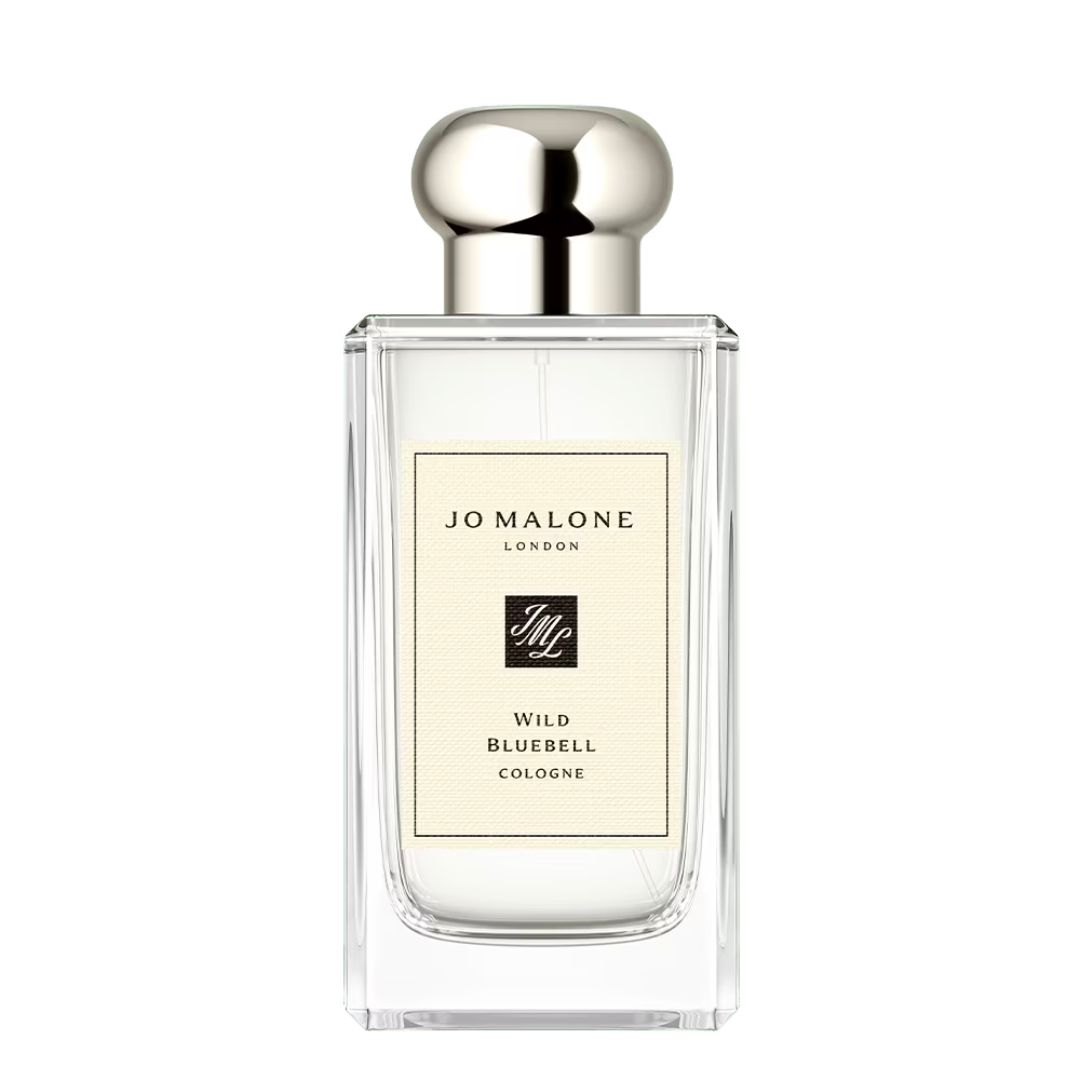
Beloved by Meghan, Duchess of Sussex who cited it as a favourite in an interview with The Express back in 2016, this very understated English scent is an interesting choice. With notes of crisp green leaves, spicy clove buds and peachy persimmon and musks, it’s like taking a stroll through the woods on a warm spring afternoon.
2. Penhaligon's Blenheim Bouquet
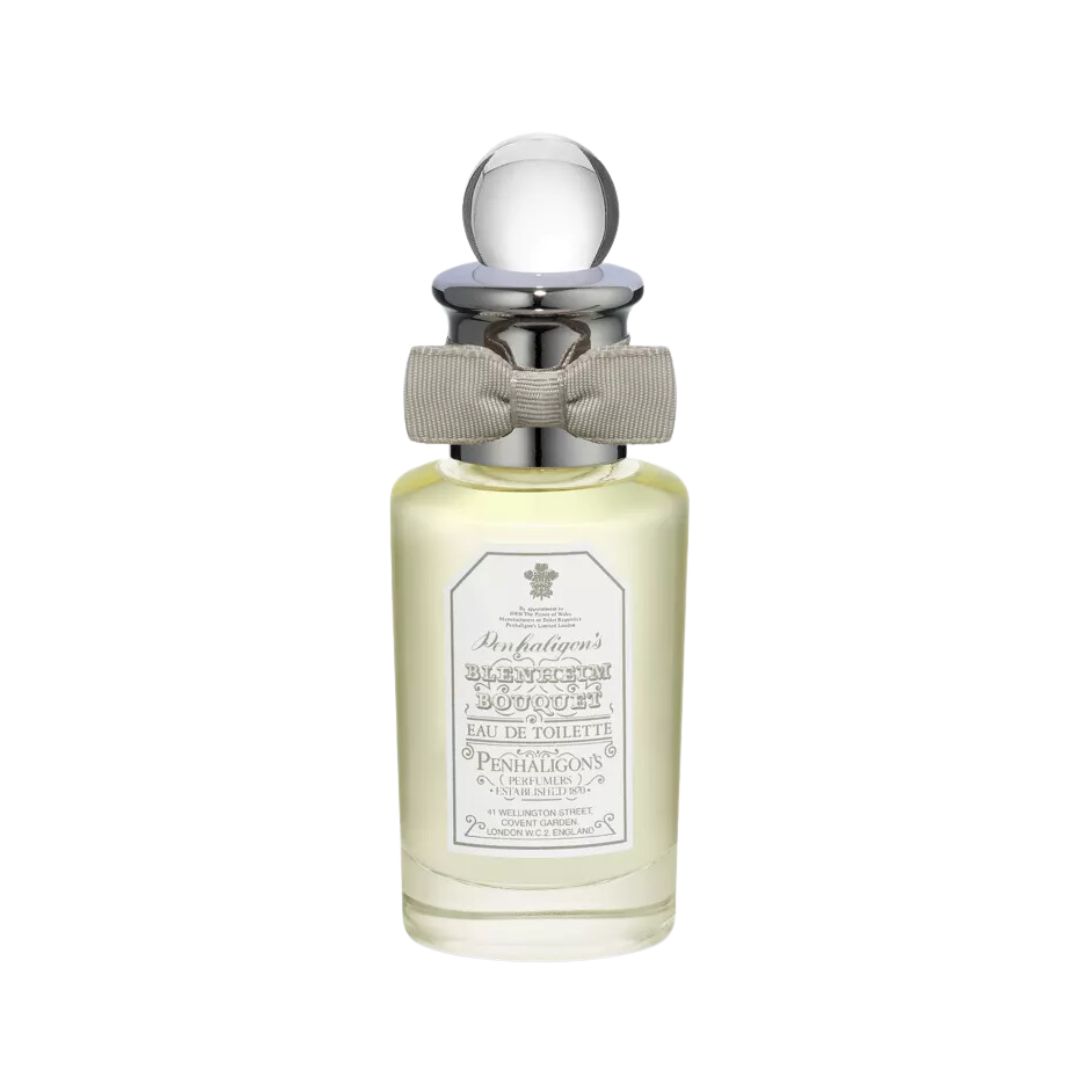
When it comes to smelling clean and fresh (with subtle charm), this scent exudes ‘quiet luxury’ in spades. It’s the perfume equivalent of popping on a crisp white shirt, with fresh notes of Amalfi lemon and pine, with a sharp bite of black pepper. The scent itself was commissioned in 1902 for the 9th Duke of Marlborough and named after the historic British landmark Blenheim Palace, where Prime Minister Winston Churchill was born (he was also apparently fond of the scent).
3. Bastille Un Deux Trois Soleil
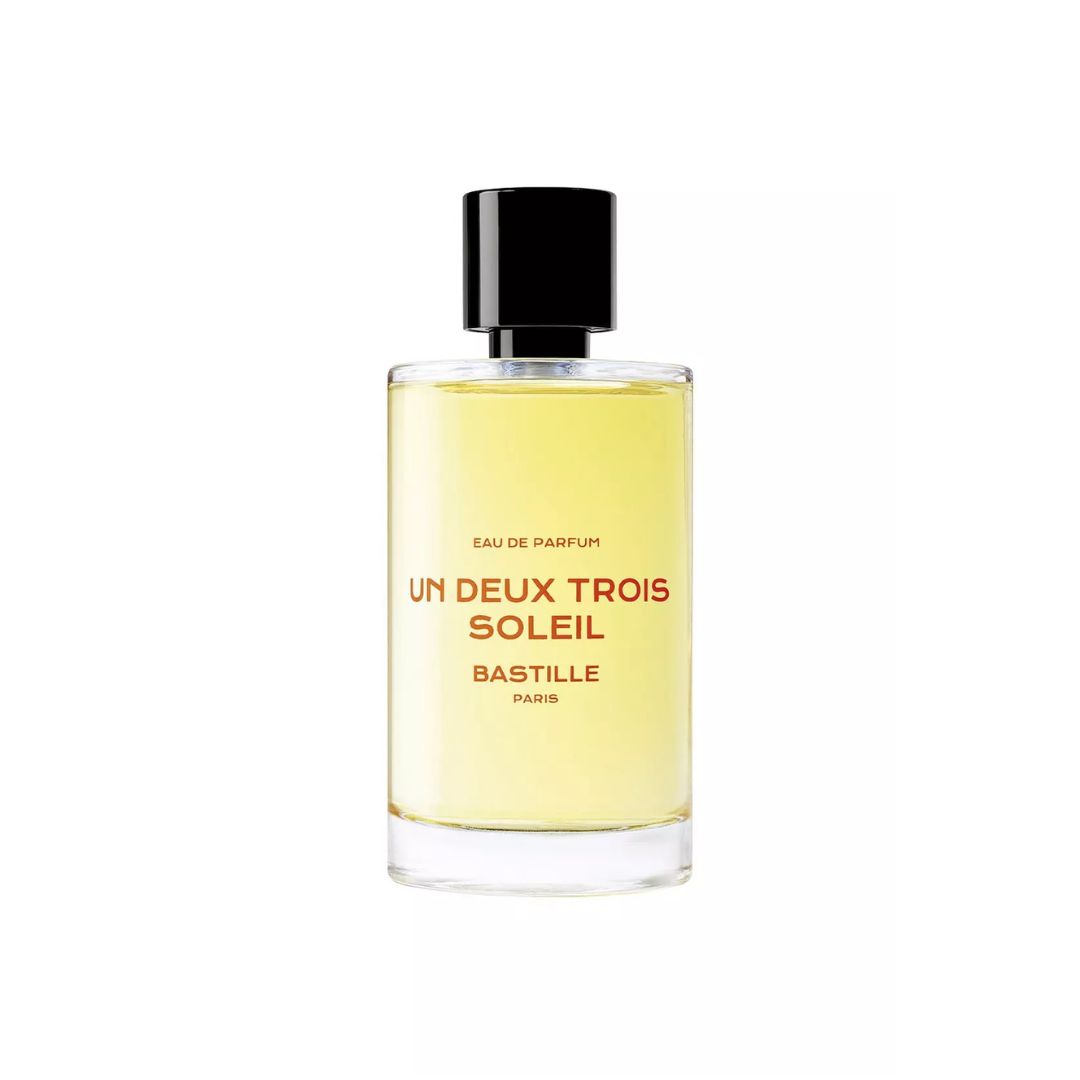
Modern perfume houses are reinterpreting the idea of ‘posh perfumes’ in their own way. Sophie Maisant co-created Bastille Parfums inspired by Paris—traditionally the epicentre of luxury goods. "We embraced the revolutionary spirit of Paris, transforming the tradition of aristocratic perfumes into a celebration of personal freedom and joy… capturing the essence of 'joie de vivre’!” We imagine the Sun King himself Louis XIV would be impressed with this majestic, sprightly concoction which comprises zesty grapefruit and spicy pink pepper, set against the richness of almond and vanilla.
4. Jean Patou Joy

A classic, dubbed the 'Rolls Royce of perfumes' it was created during the Depression Era to lift people’s spirits due to heavy amounts of rose and jasmine, created using the essence of more than 10,600 jasmine flowers and more than 28 dozen roses per bottle. Author Jilly Cooper often writes about her posh heroines wafting around in Joy, so I'm assuming that’s what the real-life horsey set like to spritz on, when they’re not romping about in the hay.
5. Van Cleef & Arpels First

This was mentioned by Prince Harry in his memoir Spare as his mother Princess Diana’s favourite perfume. A rich floral with notes of hyacinth, rose and jasmine combined with the warmth of amber, and sandalwood. A 70s classic created by famous nose Jean-Claude Ellena, it’s sadly not available to buy right now but a modern interpretation could be Beauty Pie’s Vanilla Nue with jasmine, rum absolute and musks.
6. Chanel No5
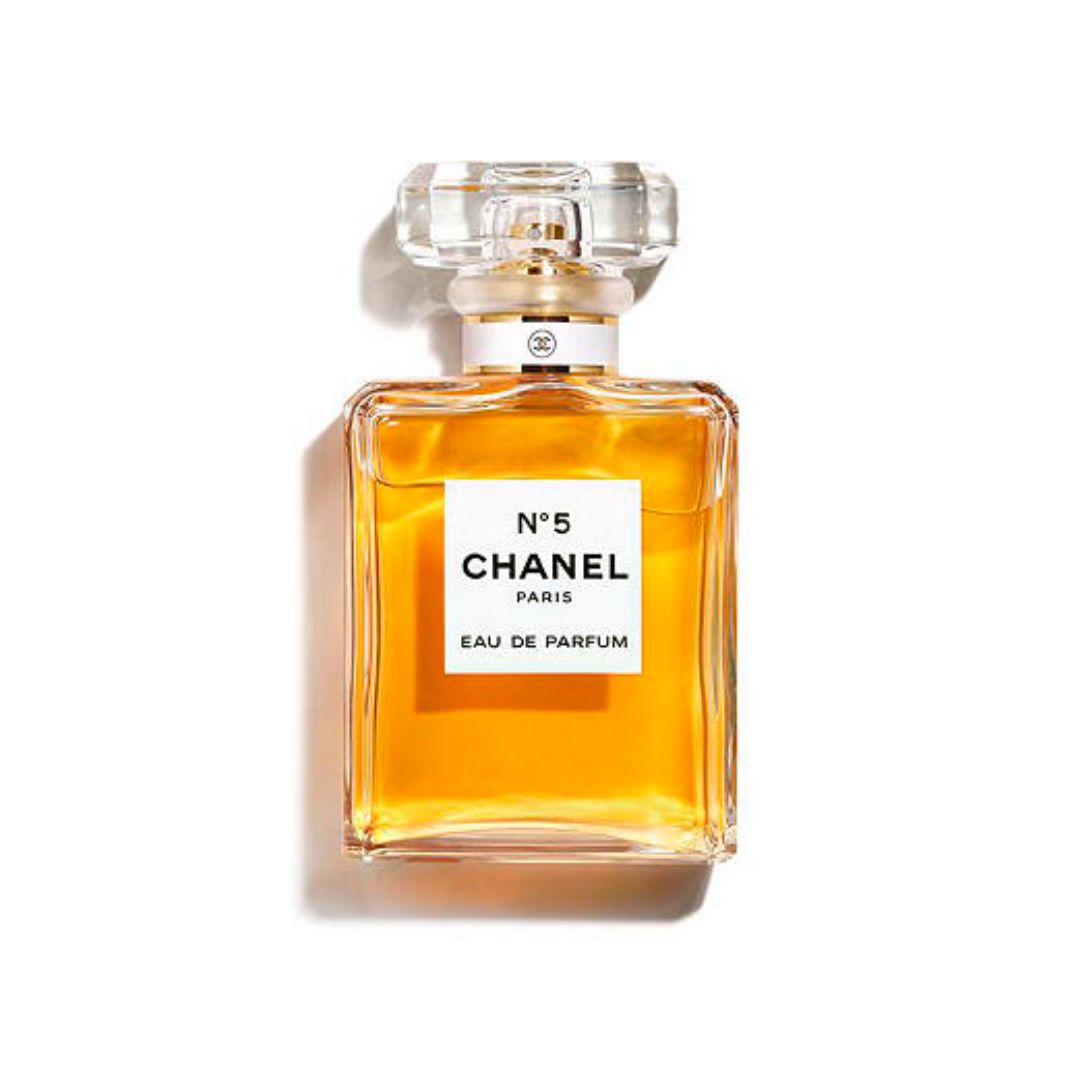
This classic is iconic for a reason. One of the first to experiment with synthetic notes, its 'fiercely feminine' bouquet dialled up the rose and jasmine to dizzying new heights, and then drenched it in aldehydes – a synthetic note that gives perfume a sparkling effect – electrifying the fragrance industry and changing the perfume landscape as we know it. It was famously worn by a young Queen Elizabeth II, as mentioned in a letter written in 1955 to family friend Frederick ‘Boy’ Browning. (“I am already using it and, I hope, smelling all the better for it!!”)
7. Veronique Gabai Lumière D’Iris
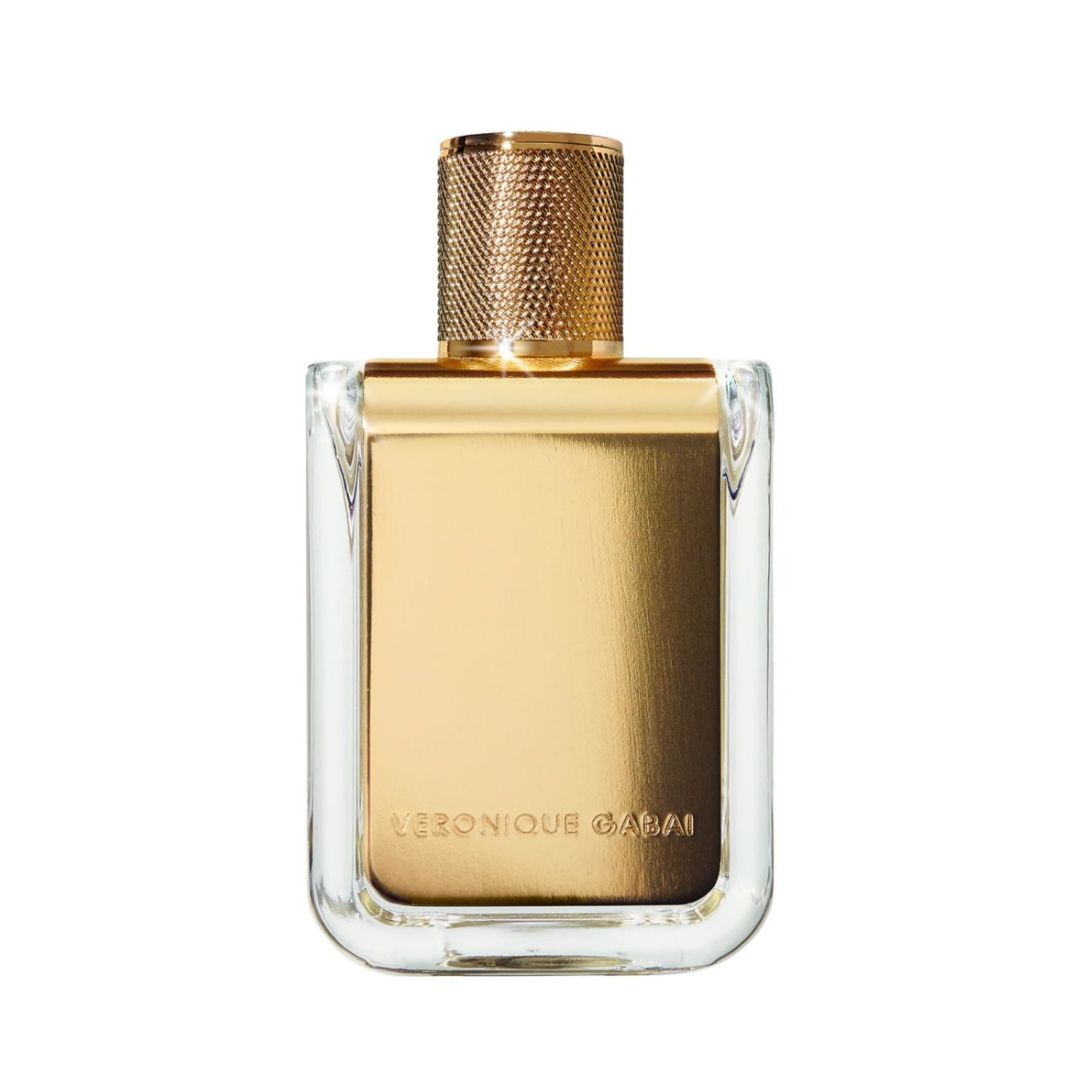
If you’re in need of a perfume pick-me-up, Veronique Gabai’s scents have aromatherapeutic properties designed to lift the mood and make you feel like a queen. She also was the perfumer behind Grace Kelly Foundation Fragrances, so it’s safe to say she knows a thing or two about smelling majestic. Gabai herself notes, “Lumière D’Iris is composed around bergamot, iris, rose and cedarwood—it’s that very regal, chic, understated elegant signature that creates a divine aura of light around you.”
8. Thameen Peacock Throne

Whenever I want to smell regal this is the perfume I reach for. Named after the great throne created for the Mughal Emperors of India in the early 17th century, it’s a rich amber floral that wastes no time in announcing itself—with Indian jasmine, Taif rose and buttery suede-like orris root, on a base of smoky vetiver. Unique, exquisite and seductive, wearing this has occasionally won me a free coffee in Pret, which as any Londoner knows, is no mean feat.
Viola is a freelance beauty journalist and copywriter, as well as resident beauty columnist for The Jewish Chronicle—having written for Vogue UK, Glamour UK, Refinery29, Stylist and ES Magazine. She previously won the Fragrance Foundation Jasmine Award for Best Short Piece, reporting on how urban life is damaging our sense of smell. She has consulted for a number of brands such as Aromatherapy Associates, led a nationwide campaign highlighting female hair loss and written global trend reports for WGSN. She was also Editor-in-Chief of Cult Beauty’s commemorative magazine celebrating their 10th anniversary. Her passions include getting her hair done and championing age and body positivity within the industry.
